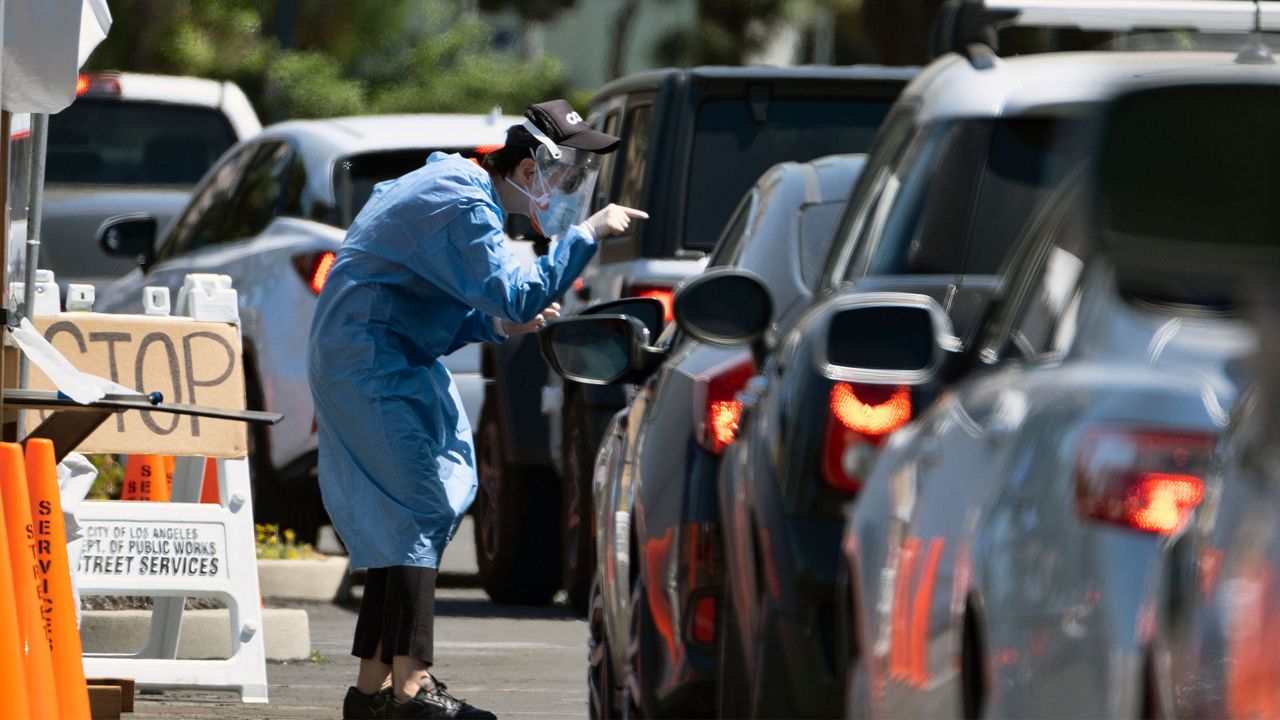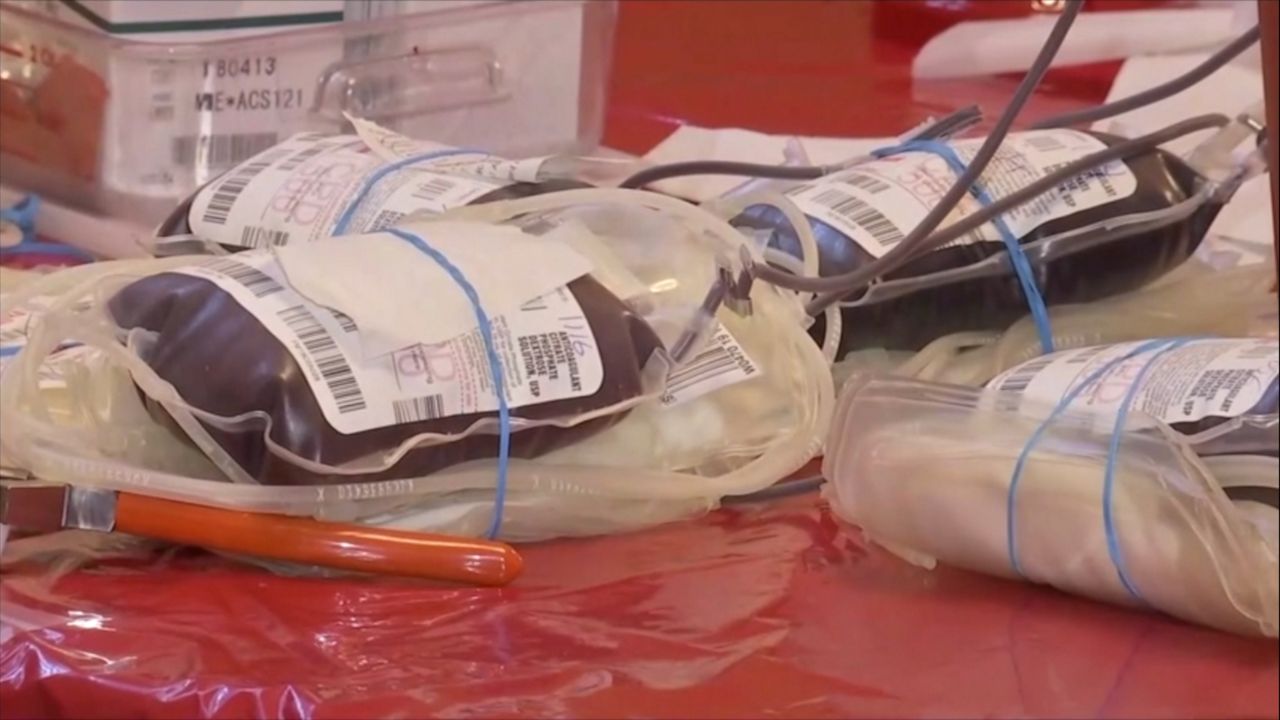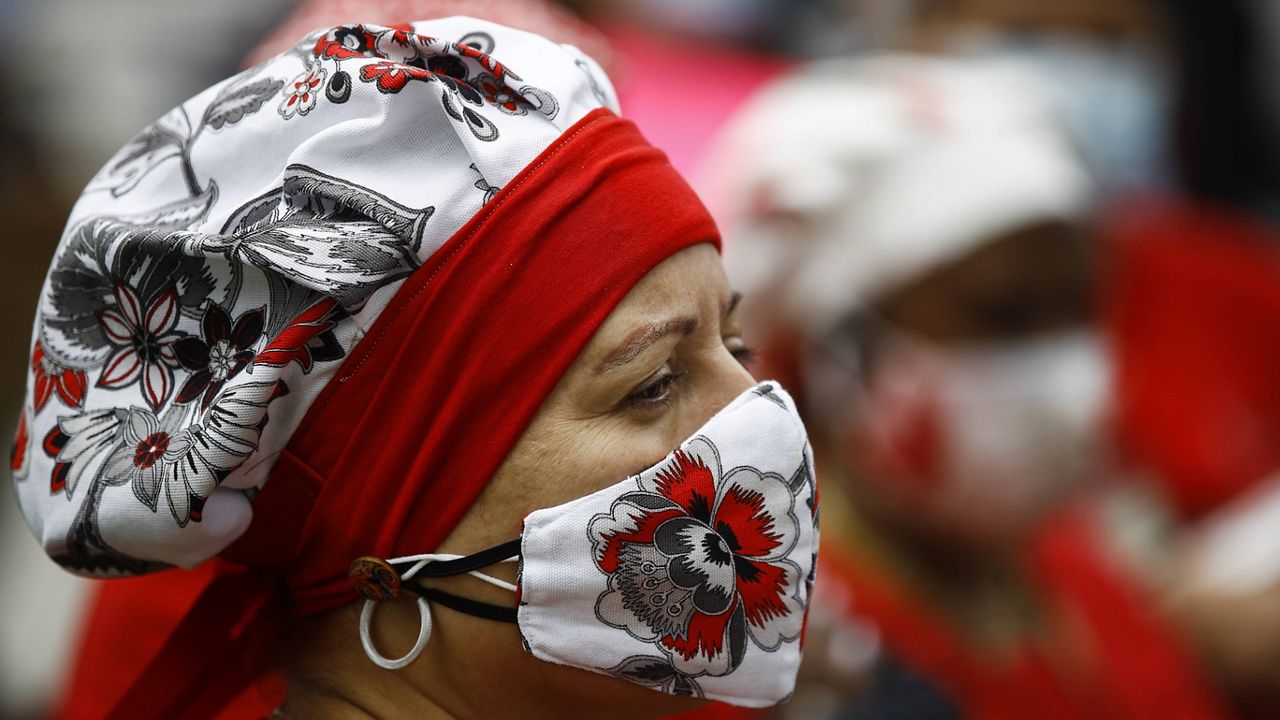LEXINGTON, Ky. – As the number of new COVID-19 cases in Kentucky continue breaking single-day records, the surge has made its way to the state’s rural counties and has also sparked an increase in mortality rates.
What You Need To Know
- State continues to have record-high COVID-19 cases
- Rural counties seeing significant increase
- High concentration of residents in rural counties already at high risk
- Access to healthcare and hospital overcrowding a concern
Gov. Andy Beshear said during his COVID-19 briefing Tuesday, Nov. 11, Kentuckians are in significantly greater danger of contracting COVID-19 now than they were in March or April; on Wednesday, the governor reported 2,700 new cases, the state’s highest daily total. In addition, the positivity rate has increased to 8.12%, the highest since May 5.
“This entire state is in danger,” Beshear said. “COVID-19 is absolutely everywhere. We need everybody to wear your masks and follow red-zone-reduction recommendations and school recommendations. It is a must if you want to lessen the impact in your community.”
Several urban counties in the Commonwealth are mainstays on Beshear’s list of ones with the most positive cases, such as Fayette, Jefferson, and Boone. Recently, rural counties such as Lee and Bell have made the list. Beshear said some of the increase in rural counties could be the result of more testing and the U.S. National Library of Medicine attributes rural counties’ high per-capita-mortality rate to a higher prevalence of smokers, obesity, and elderly people among its residents.
Ninety-four of Kentucky’s 120 counties were in the “red zone” as of Thursday, Nov. 12, up from 31 red-zone counties a month ago. A red zone county has a one-week infection rate of 100 or more new cases per 100,000 population. Half of the counties in Kentucky are considered rural but are home to just 23% of the population and 62% of rural counties are currently in the red zone.
A map from the website USA Facts shows the rural counties of Robertson, Elliott, Magoffin, and Floyd in Eastern Kentucky and Monroe and Cladwell in Western Kentucky had an infection rate from Nov. 1-7 of more than 500 per 100,000 population. Monroe County showed one death during that time.
Fayette County, Kentucky’s second-largest county by population with nearly 400,000 people, has reported 103 deaths since the outbreak began in March, according to the Lexington-Fayette County Health Department. Bell County, with just 26,000 people, has reported nearly 20 deaths.









